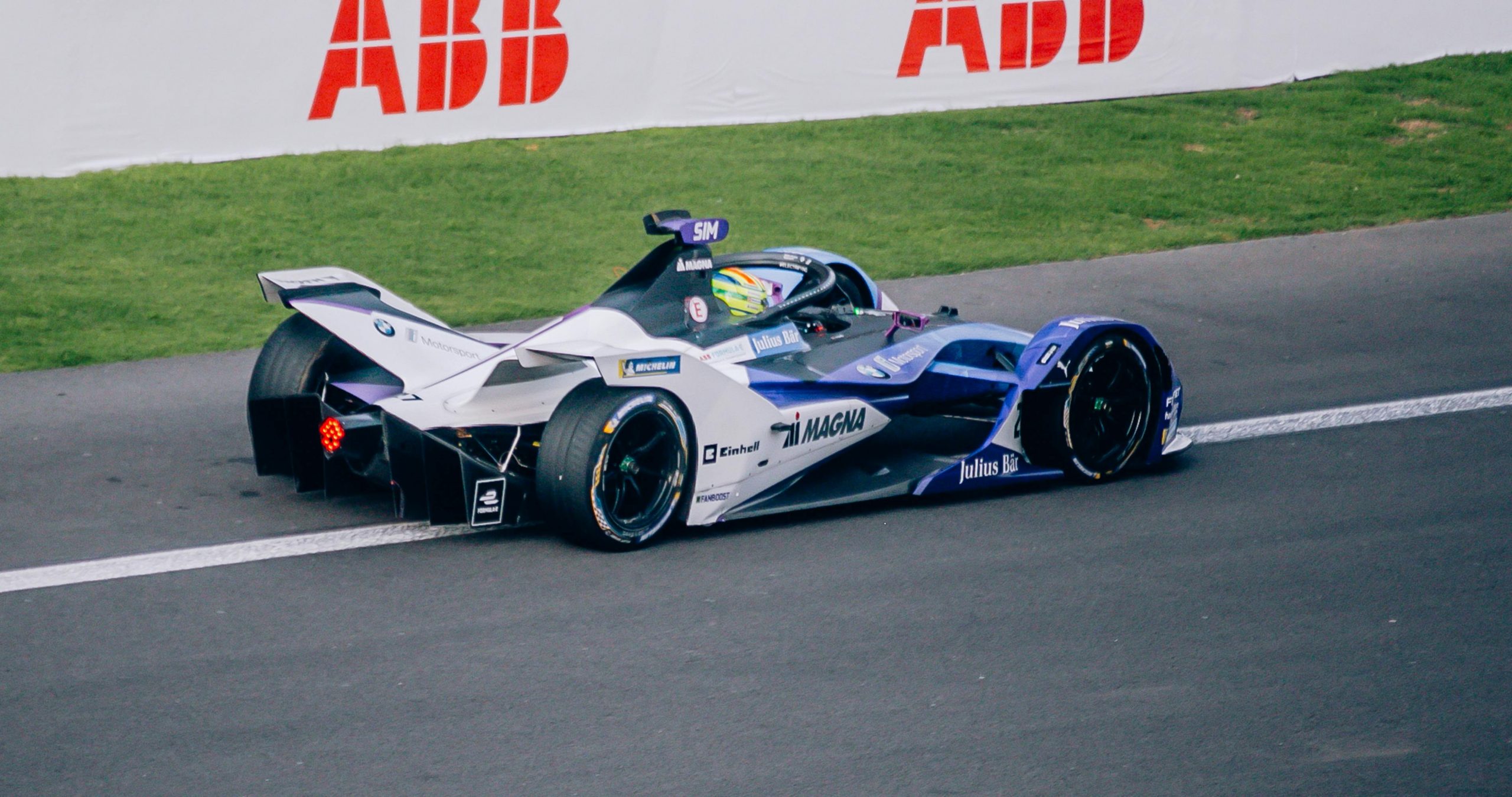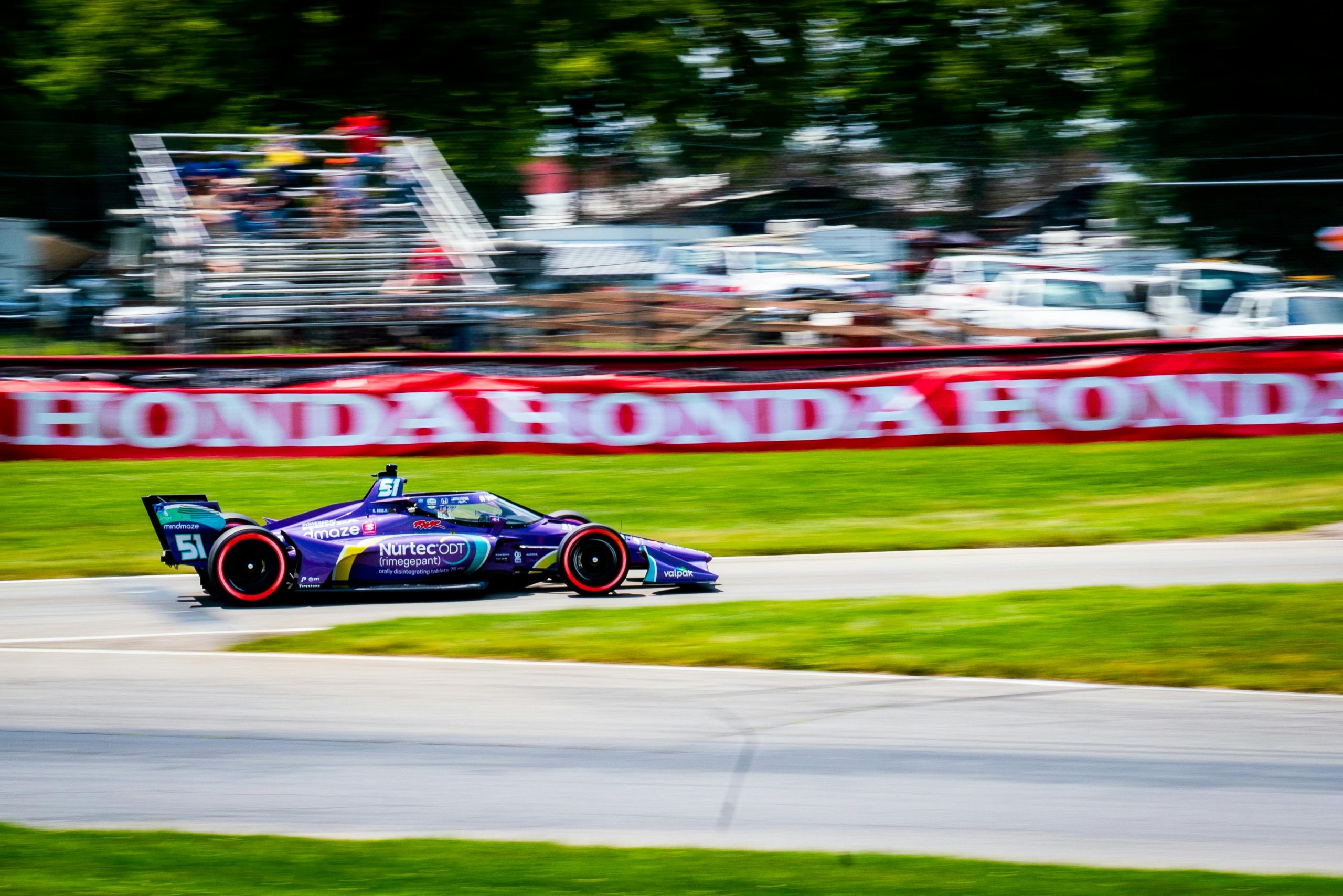When it comes to motorsports, few rivalries stir as much debate as IndyCar vs F1. Both series represent the pinnacle of speed and competition, but they take dramatically different approaches—especially when it comes to technology. If you’re a fan who’s ever wondered which of these motorsports giants boasts the more advanced tech, you’re not alone. Let’s break it down and settle the score: IndyCar vs F1—who wins in the tech department?
What Defines “Superior Technology” in Motorsports?
Before diving into the specifics, it’s worth clarifying what we mean by “superior technology.” In motorsports, this could refer to:
- Car engineering and design
- Aerodynamics and materials
- Power units and fuel systems
- Telemetry and data analysis
- On-track electronics and driver aids
- Safety systems and innovation
Both IndyCar and F1 push boundaries, but in very different ways. F1 prioritizes innovation with few budget restrictions (until recently), while IndyCar focuses on cost control and equalizing performance across teams.
Car Design: F1’s Custom Machines vs IndyCar’s Standardized Chassis

Let’s start with the foundation—car design, which sets the stage for how each series approaches technology.
Formula 1
In F1, every constructor—Ferrari, Mercedes, Red Bull, and others—must design and build their own car from the ground up. This makes each machine a unique creation and a direct reflection of the team’s engineering expertise. The regulations outline the boundaries, but within those, innovation thrives. Teams invest hundreds of millions of dollars annually to extract performance advantages.
Key aspects of F1 car design include:
- Custom chassis: Crafted with advanced carbon fiber composites for extreme lightness and rigidity.
- Proprietary suspension systems: Tuned to maximize grip and optimize tire performance in different conditions.
- Bespoke aerodynamic components: Every winglet, vane, and diffuser is sculpted for efficiency and downforce.
- Individually tuned power units: Engines and hybrid systems are custom-built for the team’s specific car design.
Teams run extensive wind tunnel testing and computational fluid dynamics (CFD) simulations throughout the season. Even small modifications, like altering a wing’s edge, can yield significant performance gains. This relentless innovation is why an F1 car evolves almost every race weekend.
IndyCar
IndyCar takes a different approach. All teams use the Dallara DW12 chassis, which has been the standard since 2012 (with updates). This standardized design ensures that no team can outspend another to gain an overwhelming advantage in car development. Instead, success hinges more on driver skill, strategy, and setup choices.
Teams can still adjust:
- Suspension tuning for track-specific handling.
- Wing angles to balance drag and downforce.
- Gear ratios and other small components to suit different tracks.
By removing the arms race of chassis development, IndyCar keeps costs manageable and racing competitive.
Winner in this category: Formula 1.
F1’s custom approach drives groundbreaking, divergent technologies year after year, making it the clear leader in design innovation.
Power Units: Turbocharged Simplicity vs Hybrid Complexity
The **engines—or power units—**are the heart of every race car, and the two series take dramatically different paths.
F1 Power Units
Modern F1 power units are engineering marvels. The current specification uses 1.6-liter V6 turbo-hybrid engines that combine internal combustion with advanced energy recovery systems. These power units generate over 1000 horsepower while also being incredibly fuel-efficient.
They feature:
- Internal combustion engines (ICE) delivering raw power.
- MGU-K (Kinetic Energy Recovery System), which harvests energy from braking and redeploys it for extra boost.
- MGU-H (Heat Energy Recovery System), which captures energy from exhaust gases to power the turbocharger or charge the battery.
- Battery packs and control electronics, which manage energy flow seamlessly during a race.
The result? An engine that’s both powerful and sustainable, blending speed with cutting-edge technology.
IndyCar Engines
IndyCar engines are built for simplicity and durability. They use 2.2-liter twin-turbo V6 internal combustion engines supplied by Honda and Chevrolet. Unlike F1, they do not currently use hybrid technology (though hybrids are expected in 2026).
These engines focus on:
- Raw performance—delivering around 700–750 horsepower.
- Durability—engines must last multiple races without excessive wear.
- Simpler engineering—less reliance on complex energy systems, making maintenance easier and costs lower.
Winner: Formula 1.
F1’s hybrid engines showcase more complexity, innovation, and energy efficiency, while IndyCar sticks to a proven, straightforward formula.
Aerodynamics: Adjustable Complexity vs Fixed Efficiency

Aerodynamics determines how cars behave at high speeds, influencing grip, drag, and overall race pace.
F1 Aerodynamics
In Formula 1, aerodynamics is a science and an art. Teams spend millions each season refining every surface of the car to manage airflow.
Key innovations include:
- Front and rear wings with multiple elements, adjustable to suit different tracks.
- Venturi tunnels, reintroduced in 2022 to boost ground-effect downforce.
- DRS (Drag Reduction System), allowing cars to reduce drag and increase overtaking opportunities.
- Complex bargeboards and diffusers, sculpted to direct airflow efficiently.
Aerodynamic updates are constant. Teams may introduce new parts every race, giving them a performance edge.
IndyCar Aerodynamics
IndyCar follows a simplified aerodynamic philosophy. The DW12 chassis uses spec aero kits with only two primary configurations:
- Road Course Kit: Maximizes downforce and grip for twisty circuits.
- Oval Kit: Minimizes drag to achieve top speeds on high-speed oval tracks.
There’s far less room for innovation. The goal is to ensure close racing rather than a technological arms race.
Winner: Formula 1.
F1’s dynamic, custom aero solutions make it the benchmark in motorsports aerodynamics.
Onboard Electronics & Data: High-Fidelity vs Functional Simplicity
Electronics and telemetry are the brains of modern race cars.
Formula 1
F1 cars are supercomputers on wheels, transmitting thousands of data points per second back to engineers. Teams track:
- Tire temperatures and wear patterns.
- Brake performance and cooling efficiency.
- Fuel flow and consumption rates.
- ERS (Energy Recovery System) deployment.
- Gearbox, engine behavior, and hundreds of other parameters.
This data is processed using AI-driven simulations to predict race outcomes and optimize strategy. Engineers can make split-second decisions based on these insights.
IndyCar
IndyCar uses telemetry as well, but it’s less extensive. There are fewer sensors, and not all data is available to teams during the race. Instead, teams rely heavily on driver feedback to make decisions.
Winner: Formula 1.
Its unmatched telemetry and predictive technology give teams a strategic edge unlike any other series.
Driver Aids and In-Car Controls
F1
Formula 1 drivers manage an astonishing array of settings through multi-function steering wheels. With 25+ buttons, switches, and dials, they control:
- Engine modes
- Brake bias
- Energy deployment
- Differential settings
- Tire management systems
Driving an F1 car is as much about managing technology as it is about skill.
IndyCar
IndyCar’s steering wheels are less complex, featuring only the essentials. Drivers can tweak fuel mixtures and brake balance, but there’s less tech to manage. This gives IndyCar racing a raw, mechanical feel, putting more emphasis on the driver’s instincts.
Winner: Tie.
F1 excels in tech sophistication, while IndyCar demands pure driving skill due to its minimal aids.
Safety Systems: Advanced for Both, but F1 Pushes Boundaries
Safety is a priority in both series, but F1 historically leads innovation.
F1 Innovations
- HALO device protecting drivers’ heads.
- Carbon fiber survival cells absorbing crash forces.
- Crash telemetry for real-time impact analysis.
- Biometric sensors in gloves to monitor driver health.
- Fire-resistant materials and advanced restraint systems.
IndyCar Safety
IndyCar integrates many of these innovations and adds its own, including:
- Aeroscreen (with HALO) offering enhanced cockpit protection.
- SAFER barriers on oval tracks to reduce impact forces.
- Rigorous crash testing and extraction protocols.
Winner: Formula 1 (by a small margin).
F1 invests heavily in continuous safety R&D, but both series are at the top of global motorsports safety.
Future Tech: Who’s Leading the Innovation Curve?
Formula 1’s Tech Goals
- Transition to 100% sustainable fuel by 2026.
- More powerful and efficient hybrid systems.
- AI integration for car development and race strategy.
- Research into electric and hydrogen technologies.
IndyCar’s Direction
- Introduction of hybrid engines in 2026.
- Continued use of biofuels to lower emissions.
- Focus on cost control rather than relentless innovation.
Winner: Formula 1.
F1 continues to set the pace in future-ready technologies, while IndyCar adopts a more gradual, cost-effective approach.
IndyCar vs F1: Pros and Cons at a Glance
Here’s a quick side-by-side comparison:
| Tech Area | Formula 1 | IndyCar |
| Car Design | Custom, team-built chassis | Standard Dallara chassis |
| Engine Tech | Turbo-hybrid, energy recovery | Simpler V6 turbo (ICE only) |
| Aerodynamics | Adjustable, complex packages | Limited, spec kits |
| Data & Electronics | High-fidelity, real-time | Functional, lower granularity |
| Driver Controls | Highly technical | Simpler, raw feel |
| Safety Innovation | HALO, biometric sensors | HALO + Aeroscreen, strong safety |
| Sustainability Focus | Net-zero, synthetic fuels | Biofuels and hybrids upcoming |
So, Which Series Has the Superior Technology?
If we’re talking about technological advancement, Formula 1 comes out ahead in almost every category. The sheer complexity, customization, and continuous R&D make it the leader in motorsports technology. However, that doesn’t necessarily mean it’s “better” in every way.
Why Fans Still Love IndyCar’s Simpler Tech
- Closer racing thanks to equal machinery
- Lower costs make team entry more accessible
- Drivers have to rely more on skill than software
- It’s a purer, old-school motorsports experience
Final Verdict
In the debate of IndyCar vs F1: Which motorsports series has the superior technology?—the answer is clearly Formula 1. Its cutting-edge engineering, hybrid innovation, and constant pursuit of performance make it the technological leader in the racing world.
But IndyCar doesn’t need to match F1’s complexity to be thrilling. Its focus on tight racing, affordability, and raw driver ability makes it just as exciting—just in a different way.
So whether you’re a fan of raw power or cutting-edge engineering, there’s something to love in both series. Just don’t be surprised if F1 keeps winning the tech race.

